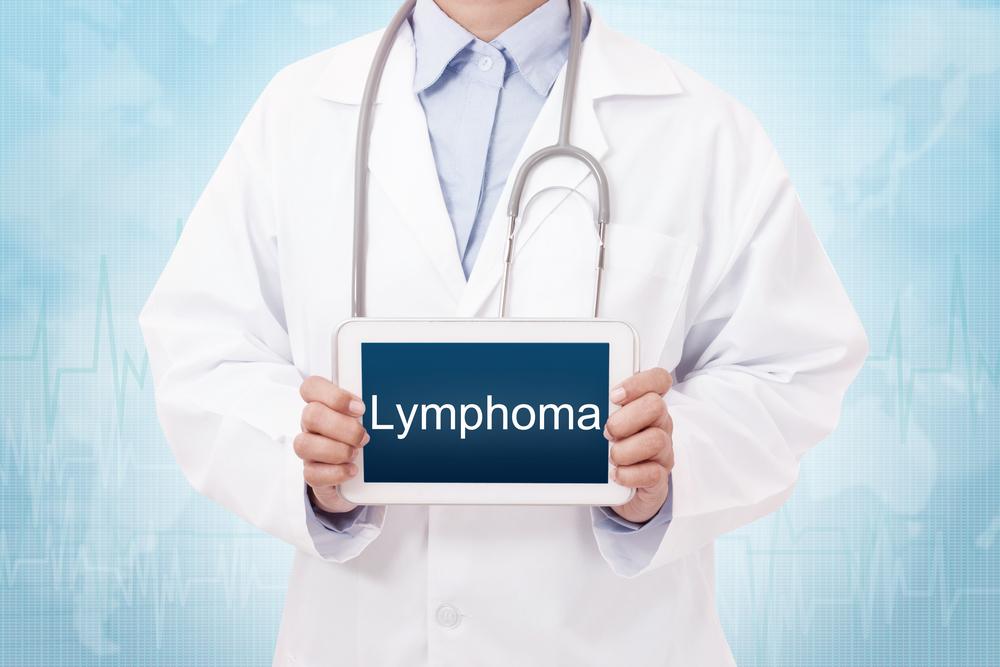Treatment Goals for Hodgkin’s and Non-Hodgkin’s Lymphoma
Lymphoma is classified as cancer that develops within the lymphatic system, or the body’s germ defense system, which is made up of the spleen, bone marrow, and lymph nodes (and glands).
Lymphomas occur in two main types—Hodgkin’s lymphoma (also known as Hodgkin’s disease), and non-Hodgkin’s lymphoma.
Oncologists and doctors recommend lymphoma course of treatment that aims to destroy all traces of cancerous cells (if possible) while easing cancer symptoms and improving patient life quality with treatments leading to prolonged remission (or living cancer free). Treatments are typically based on several different factors, including:
- Lymphoma type
- Cancer stage or progression rate
- Patient health, age, and preferences
Most cases of non-Hodgkin lymphoma (roughly 80%) respond well when the cancer is localized to a specific area of the body, and when treated with a combination of the following:

1. Watch and wait
In cases of slow progressing non-Hodgkin lymphomas, doctors may opt to wait and surveil the cancer with periodic testing and monitoring. A course of treatment will be decided once symptoms begin to interfere with quality of life.
2. Radiation therapy
Radiotherapy is a treatment that direct high-powered energy rays (or protons) directly at cancerous cells to kill them.
3. Chemotherapy
Chemotherapy employs powerful drugs, either intravenously or orally, to destroy cancerous cells.
4. Bone marrow transplant
Also referred to as stem-cell transplants, this therapy uses high dose radiation and chemotherapy to suppress bone marrow before it infuses the body with healthy bone marrow stem cells (either from a donor or the patient) in order to rejuvenate bone marrow.
5. Targeted therapies
Sometimes referred to as biological therapies, these immunologies may take the form of cancer vaccines, monoclonal antibody therapy, anti-angiogenesis, gene therapies, or radioimmunotherapy. However, many are still experimental in nature and must be undergone via patient participation in a clinical trial.

